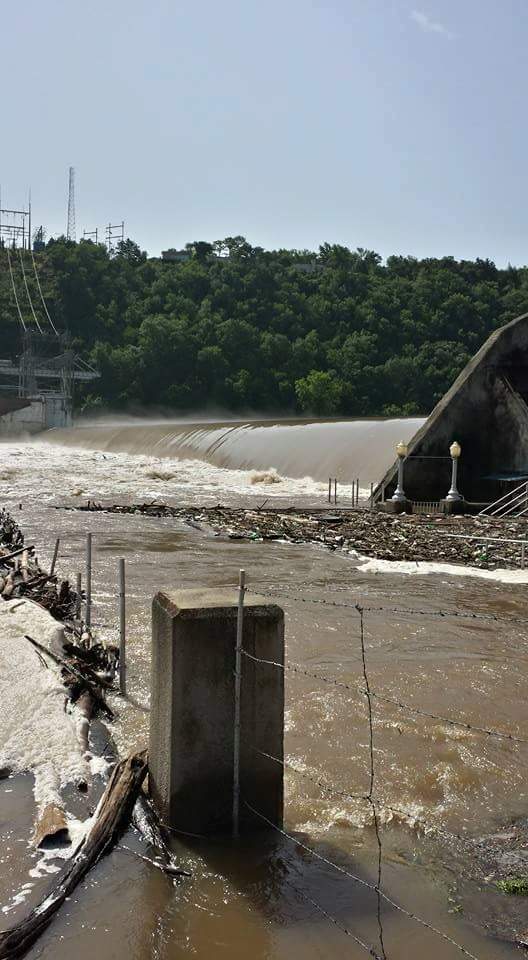

It thus came to pass that Captain Nicholsa Pynnar was commissioned to make a more comprehensive survey (12) in 1618-1619.

The Plantation remained somewhat static in 16 so in 1615(10) King James Ordered Sir Josias Bodley (11) to examine whether undertakers were neglecting their plantation duties. Carew’s Report is the first account implying progress. This resulted in many grantees selling their proportions and returning to their native soils, a state of affairs prevalent not alone in Armagh but in other countries as well. Those complying with the Articles of Plantation were encouraged but the indolent and the absentees were bluntly threatened with confiscation. It was found that a few settlers had made earnest endeavours to fulfil their obligations but that many such had not troubled to set to work either personally or by agents. Almost a year after Sir George Carew (9) with a new set of Commissioners made a visitation of the undertakers who had received permission to go ahead. Under that particular Commission maps were prepared showing the forfeited lands and by the spring of 1610 the successful applicants had been chosen and their proportions assigned, though actual possession did not take place until the summer and autumn. The most momentous meeting of the week took place on Friday August, 12, when 22 jurors, (all with one exception from the leading septs or families) assisted the Commissioners in a fairly exhaustive.enquiry regarding the Temporal and Ecclesiastical lands of the county (8)

There were, however 15,500,acres disposable in Orior, 16,500 in O’Neilland, 6,000 in Fews and in Armagh 4,500 – the, quantities of these: proportions ,were greatly in excess of the acreages shown above. The barony of Armagh was largely in the hands, of the Church and Trinity College, whilst the barony of Fews was mostly the property of the Church and of Sir Tirlagh MacHenry O’Neill. Toughrany was not available for planting being held in part by the archbishop and the remainder by Sir Henry Oge O’Neill. For that purpose the county was divided into five baronial, divisions each of which contained various precincts. It reached Armagh city on Monday, August 7, and immediately began an investigation of the escheated lands. It left Dublin July 31, 1609, and returned thence September 30. The Commission of the latter year was by far the most important of the three. This examination of the lands of the county formed the basis for the more general scheme authorized in July, 1609. From the document in question we learn that the barony of Orior had already been dealt with at Mountnorris. John, Master of Ordnance in Ireland, Sir John Davies, His Majesty’s Attorney-General,(5) Sir Tobias Caulfeild, Sir Edward Blany,(6) and William Parsons Esquire, Surveyor General of: all His Majesty’s Possessions in Ireland.(7). Plantation Commissioners present comprised Sir Thomas Ridgeway, Vice-Treasurer and Treasurer of War in Ireland,(4) Sir Oliver St. The Survey of 1608 was taken at the Moyry Castle July 2, 1608,(2) before a jury consisting of Sir Marmaduke Whitechurch(3) and seventeen natives of the county, viz: Data in the same sources appertaining to the earlier years of Charles I will also be found extremely informative. With the Patent Rolls and Inquisitions they form a useful and conveniently accessible index to the social, military and economic history of the period under consideration. The Plantation of James the First was chiefly the work of three several commissions in 1608, 16, of which there is an excellent digest in the preface to the Calendar of State Papers of Ireland for the years 1608-1610, and a mass of additional matter in the recapitulations themselves. Two later experiments, one in County Down, the other in County Antrim, were equally unsuccessful, but in the early years of her successor a much more ambitious project came into being. He was, however, slain by the O Hanlons of Orior shortly after the date of his patent, and as a consequence his heirs refused to risk their lives in perfecting a settlement in those areas. There Captain Thomas Chatterton had a grant(1) bestowed upon him on October 5, 1572, of Orior, the Fews and Gallowglass Country, on condition that he should plant and possess it before March 25, 1579. In the reign of Elizabeth the First there were three vain attempts at the colonization of Ulster, the earliest of which had its location in County Armagh.


 0 kommentar(er)
0 kommentar(er)
